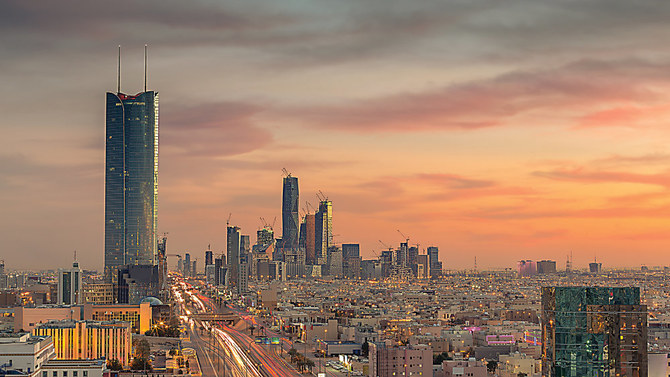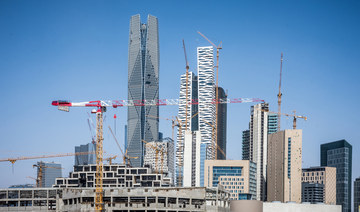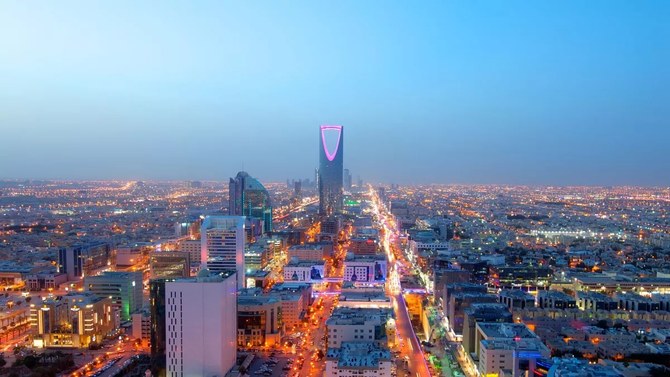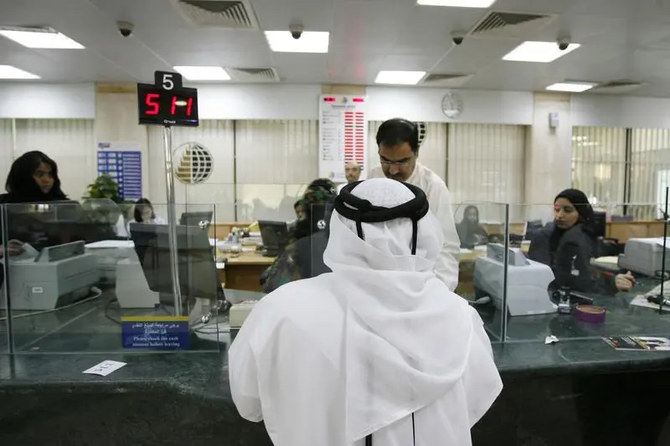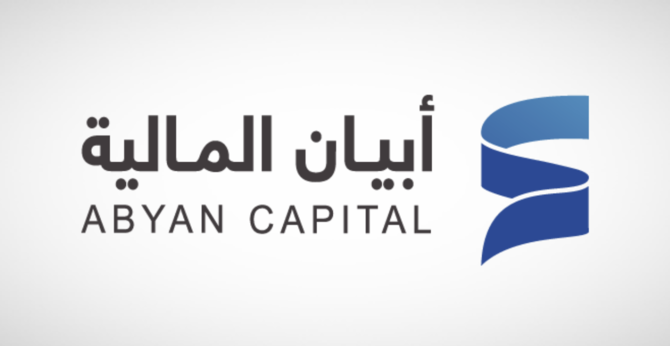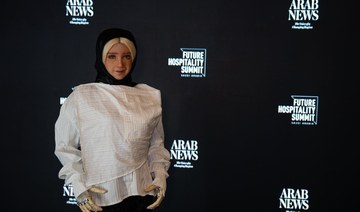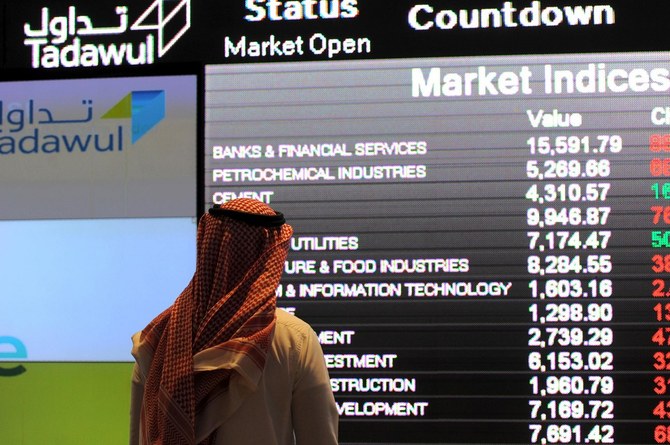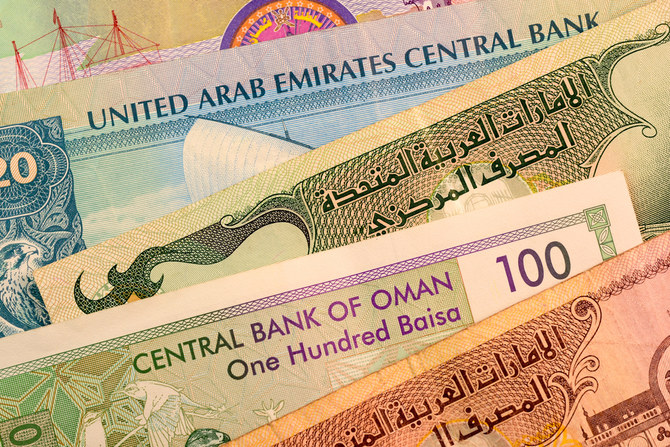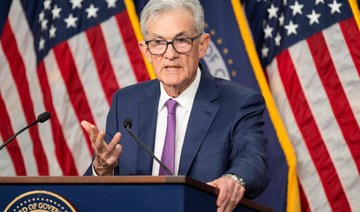RIYADH: With multibillion-dollar projects related to the Vision 2030 strategy, Saudi Arabia’s real estate sector is expected to witness a record boom, real estate experts told Arab News.
The expected growth in the sector, they say, will be driven by foreign investors who are taking a keen interest in becoming part of the huge socioeconomic transformation currently underway in the Kingdom.
Since the launch of the Vision 2030 plan, Saudi Arabia has taken several measures to diversify its economy and reduce its reliance on oil and gas revenues. The Kingdom is propping up all sectors of the economy, particularly tourism, entertainment, art, and culture with an improved quality of life for residents and citizens as the central theme.
Government-funded projects like ROSHN, the leading real estate developer in the Kingdom, powered by the Public Investment Fund, are also contributing to meeting the demand for increased homeownership across the Kingdom.
In November 2022, the Saudi residential real estate market experienced a 6 percent rise in the total value of transactions, according to Knight Frank, a London-based property consultancy.
“Transaction volumes are still rising and are 6 percent up compared to last year, highlighting the pace of house price growth being experienced around the Kingdom,” said Faisal Durrani, partner – head of Middle East Research, Knight Frank, in a statement.
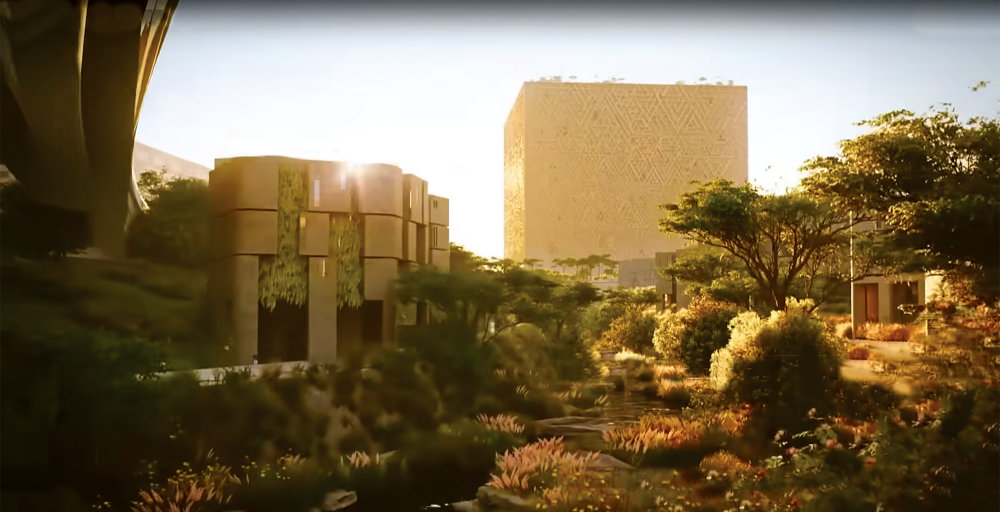
There are currently around 15 giga-projects in various phases across the Kingdom, like the New Murabba district of Riyadh, which are standalone metropoles. (Supplied)
“Indeed, in Riyadh, average apartment values are up 30 percent in the last 12 months, and this is even higher at around 40 percent for some of the most desirable suburbs in north Riyadh. Villa prices in the capital have also risen by 20 percent,” he said.
According to Knight Frank, over 555,000 residential units, more than 275,000 hotel keys, over 4.3 million sq. m of retail space, and over 6.1 million sq. m of new office space are expected by 2030.
“The planned construction in the Kingdom will make Saudi Arabia the largest construction site the world has ever seen,” the agency said.
There are currently around 15 giga-projects in various phases across the Kingdom, many of which are standalone metropoles. These include NEOM, the largest giga-project announced to date, which publicized how it will house 9 million residents on completion across an estimated 300,000 new homes.
However, Knight Frank adds, just $ 7.5 billion of sub-projects have been commissioned thus far, with the construction progress of this tranche of projects standing at 29 percent.

Transaction volumes are still rising and are 6 percent up compared to last year, highlighting the pace of house price growth being experienced around the Kingdom.
Faisal Durrani, Head of Middle East Research, Knight Frank
Other smaller cities or sub-cities like The Octagon, Trojena, and The Line are striving to set new benchmarks for luxury living, with close to 30 percent of homeowners in the Kingdom prepared to spend upward of $800,000 on a second home in the Kingdom. Developers now have their work cut out to satisfy this pent-up demand.
“There’s been a huge growth in the residential market,” Abdulaziz Binyousef, CEO and chairman of Fay, a private property management company based in Riyadh, told Arab News. “We have witnessed a huge demand for residential properties and the growth has been exponential over the past 10 years, especially with the introduction of mortgages and the growth of the Saudi population.”
In a 2021 paper titled “Residential Market Dynamics in Riyadh, Jeddah, Dammam, and Al Khobar,” Colliers predicted the number of households in these major Saudi cities to grow “from 2.31 million in 2020 to approximately 2.88 million by 2030, recording an average growth of 2.24 percent.”
According to the global commercial real estate leader, “a healthy residential real estate market is a critical enabler of a vibrant economy.”
With the increase in business activities in the Saudi capital and the establishment of regional headquarters of foreign companies, the population of Riyadh will swell naturally as people from across the Kingdom are migrating to the city in search of greener pastures. According to official estimates, the population will grow from 6.8 million to 15-20 million by 2030.
The increase in population means an increase in demand for workspaces and housing units.
“The demand for real estate will only get higher,” Binyousef said. “One of the major factors contributing to this rise is the population growth, the second is affordability and the third is that the market is lucrative for investors.”
Foreign investment is also a critical driver in the rise of the Saudi real estate market. As Bloomberg recently reported, Bahrain-based investor Investcorp Holdings, one of the largest asset managers in the Middle East, intends to invest nearly $1 billion in the Kingdom’s real estate market over the next five years to tap “an anticipated property boom in the Kingdom.”
Investcorp Holdings has already acquired a logistics warehouse in Dammam in Saudi Arabia’s Eastern Province, it said in a statement, according to Bloomberg.
Binyousef believes that government support is also crucial in the current upswing in the residential side of the real estate market. The government is taking measures to increase the homeownership ratio among Saudis through the Real Estate Development Fund by subsidizing mortgages.
In a recent survey of 1,000 households across Saudi Arabia conducted by Knight Frank, NEOM emerged as the most popular place where people wish to own a home followed by the Red Sea Project and Diriyah.
The $20 billion Diriyah Gate, which is located in the Riyadh region, will add 20,000 homes to Riyadh’s residential stock by the time it is completed in 2027.
According to Binyousef, Jazan is another Saudi city, which is experiencing rapid expansion, and its real estate sector is also growing fast. Situated on the Red Sea coast, the city serves as the Kingdom’s agricultural heartland and is home to leading coffee makers and other produce.
Known as the Kingdom’s “fruit basket,” it is also an area of diversified growth. A new Saudi Aramco oil refinery is also expected to spur the development of the city.
“Jazan City has many new projects underway, including the development of the port,” Binyousef told Arab News.
He said the government’s tourism push would catalyze the city’s development and ultimately help boost the real estate market.



